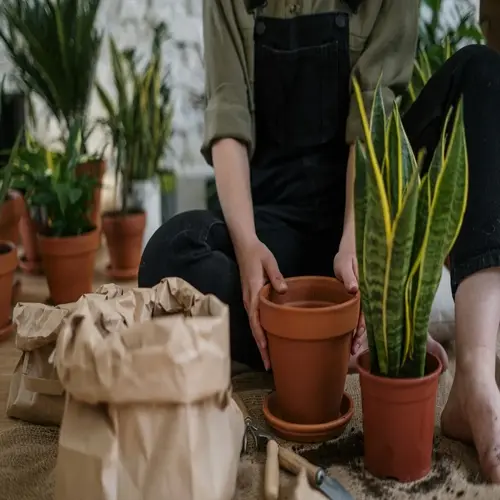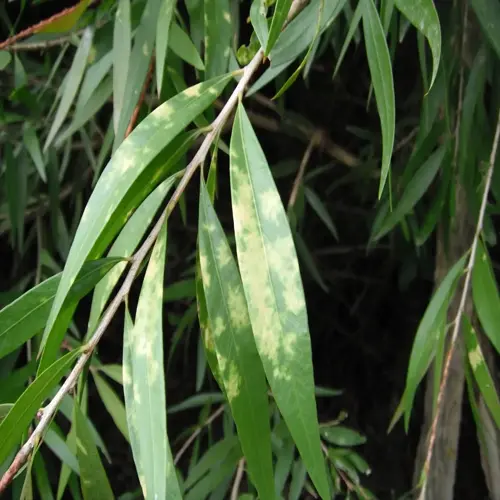Which plants shouldn't use self-watering?

Written by
Kiana Okafor
Reviewed by
Prof. Charles Hartman, Ph.D.Some species benefiting from dry periods of water may actually suffer with self-watering systems. The plant species in question require special dry periods in between watering, which self-watering systems do not provide. Knowing which plant species to avoid in one's garden, however, ensures both root damage and thus plant health.
Desert Succulents
- Cacti store water internally requiring infrequent hydration
- Constant moisture causes rapid root rot within days
- Includes jade plants, aloe vera, and echeveria varieties
Mediterranean Herbs
- Rosemary and lavender evolved in dry rocky soils
- Their roots suffocate without complete drying cycles
- Oregano and thyme also need well-drained conditions
Dormant Bulbs
- Tulips and daffodils enter natural rest periods
- Moisture during dormancy causes bulb rot and mold
- Applies to amaryllis and hyacinths after blooming
Dry-Cycle Species
- Snake plants and ZZ plants need dry soil signals
- Continuous hydration prevents essential root aeration
- Includes ponytail palms and certain orchid varieties
Physiology of the roots gives the reason why these plants refuse to have a constant supply of moisture. Desert plants can have shallow roots to absorb the short rains. Mediterranean plants developed deep taproots because they needed to seek underground water. The wet condition prevents essential air from reaching the roots, which in turn suffocates them.
For vacation care, employ passive methods of humidity instead. Place trays of water out of contact with the plants, next to them. Group plants together to create climate areas. Cover the soil with gravel to reduce evaporation. All these methods provide a minimum amount of moisture for the plants without the risk of overmoisturizing.
Identification of warning signs avoids irreparable damage. Yellowing lower leaves imply early overwatering. Soft stems indicate advanced root rot. If any of the symptoms are present, the plant will need to be removed from the system immediately. Let the soils dry down fully before watering at a conservative rate.
Read the full article: 5 Self Watering Systems That Keep Plants Alive

